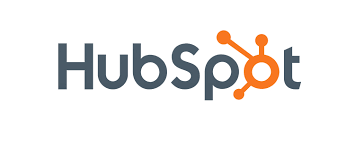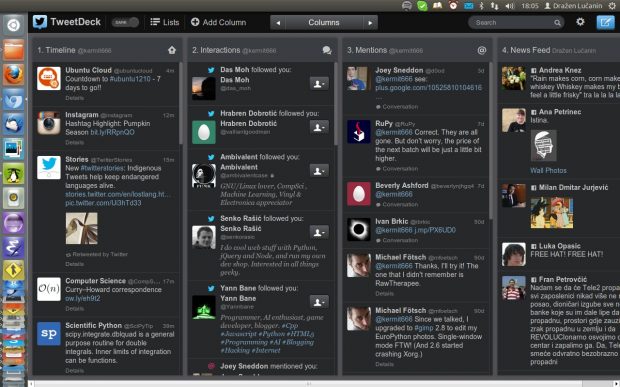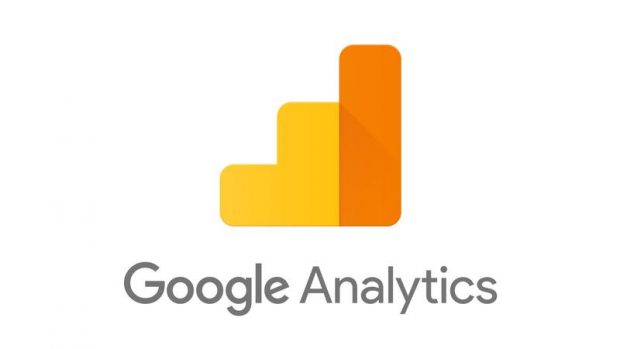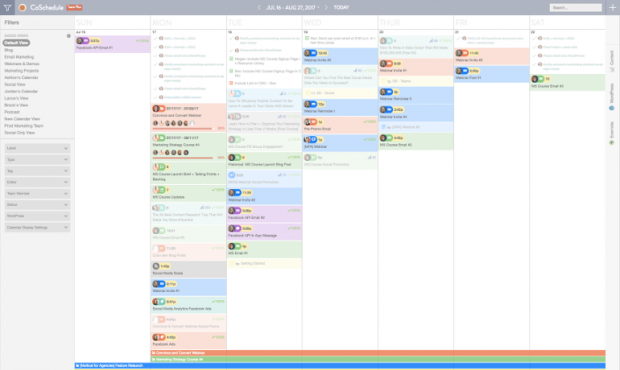The rise of social media has enabled us to have a presence on the internet. In today’s trends, being on social media is one of the best ways to make your business stand out and be competitive in the market. It is also the best way to engage with your current, and potential clients in new and fast ways.
However, being on social media always can be a bit stressful. That is why you need social media management tools to help you out with this kind of engagement. Not just any tool but proper tools to make your work easier. Here are some of the Social Media tools that will help you achieve this:
Hootsuite
HootSuite is one of many tools referred to as a “Social Media Management System” or tool. It helps you keep track and manage your many social network channels in one place, enabling you to monitor what people are saying about your brand and help you respond instantly. Also, you can completely cross-platform, which basically means you can use it on Linux, Windows, iOS, and Android comfortably.
HubSpot
HubSpot is an all-in-one marketing software used by marketers, designers, and developer across the world. Those trained in HubSpot use it to:
- Manage and update website content
- Create specialized landing pages
- Schedule social media posts
- Generate more traffic to their website
- Set up automatic marketing workflows
- Enhance search engine optimization (SEO)
The software also generates reports on your website analytics to help you make more well-informed decisions on your content and SEO strategies.
TweetDeck
TweetDeck is highly specialized service that offers Twitter users a comprehensive and completely free way to manage multiple Twitter accounts. It is a popular tool that used to be available as a desktop client, as well as in a web browser. TweetDeck users can tweet, reply, retweet, favorite, send Direct Messages and manage and monitor multiple accounts and streams, all in one single interface. Accounts can also be followed, muted or blocked, and users can view Twitter profiles, all within TweetDeck.
Buffer
Buffer lets users manage a range of social media accounts, lining up updates to be shared in the future across a range of social networks. Every time you find a post you want to share, a tweet you want to retweet, or whenever you write some content that you want to share out over time, you can add it to your Buffer. This places it in a queue and the posts are sent out in order, at times you have pre-selected. This means that you don’t need to choose a date and time for every single post you want to schedule. You just add it to your queue, and Buffer does the work for you.
Google analytics
Whether you’re managing a website for a large corporation or a small business, Google Analytics—the industry standard for web analytics—can help you find out how your website is performing. This powerful platform provides you with the tools you need to measure site traffic, conversions, and ad performance, and understand how people use your website.
Content calendar
A content calendar is a shareable resource that marketing teams can use to plan all content marketing activity. The benefit of using the calendar format, rather than just a long list of content to be published, is that you can visualize how your content is distributed throughout the year. This allows you to:
- plan content around key events in your industry or important dates;
- see where you have gaps in your content plan, with plenty of warning to line up more content;
- and make sure you have your content ready in plenty of time to publish.
There are many more social media management tools that you can utilize online, all for free. Next time you are online, consider using them. They save time and make work so much easier.





